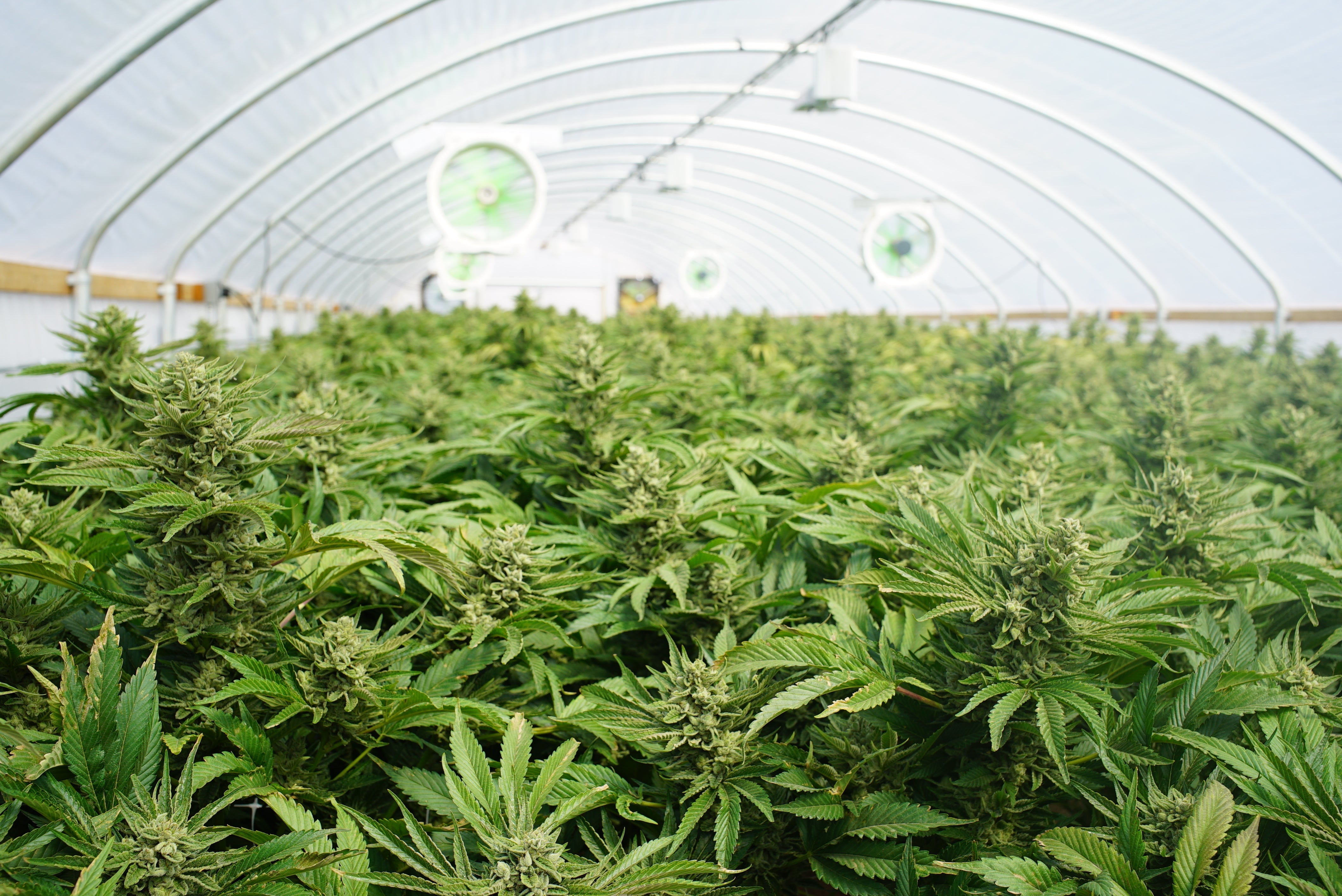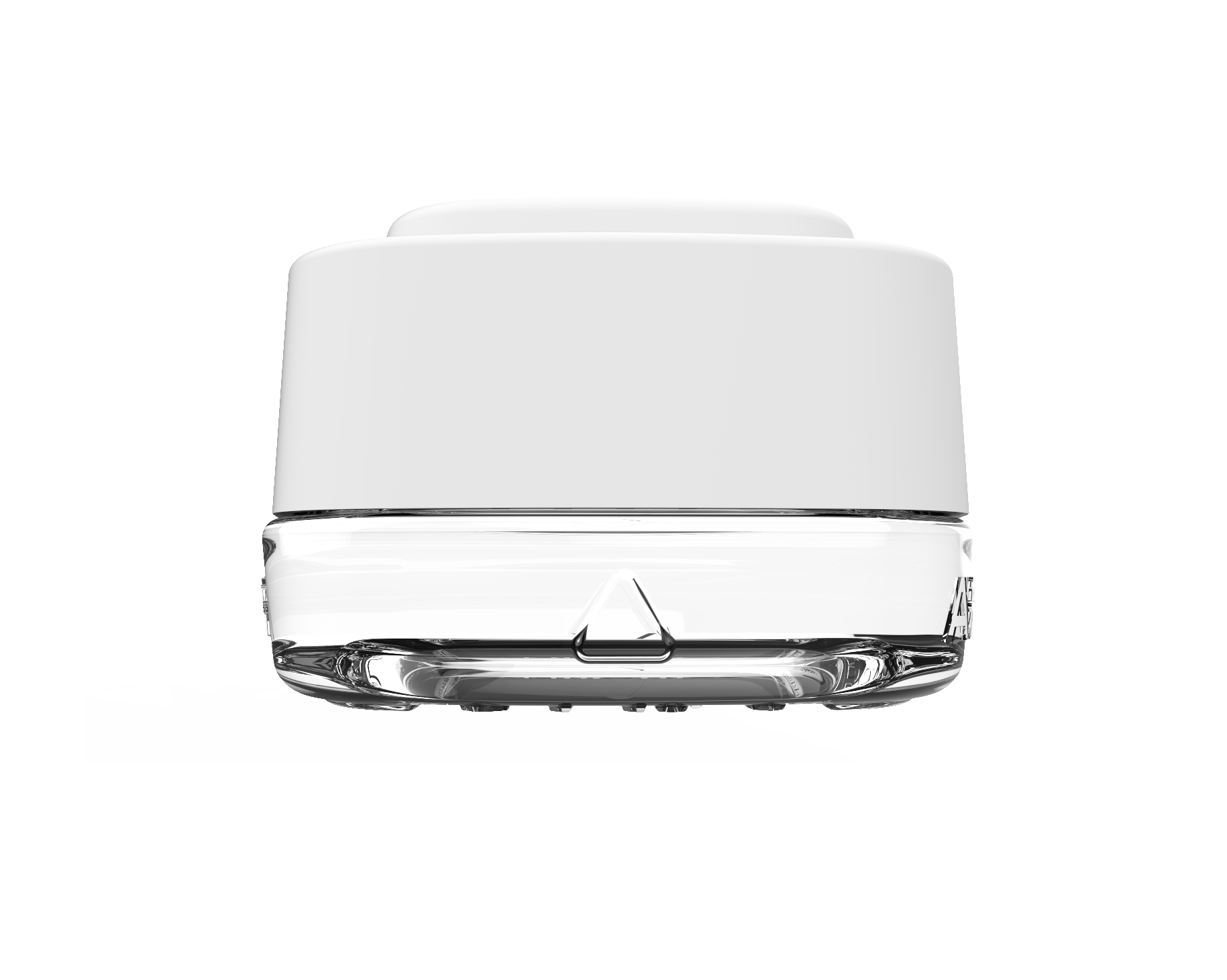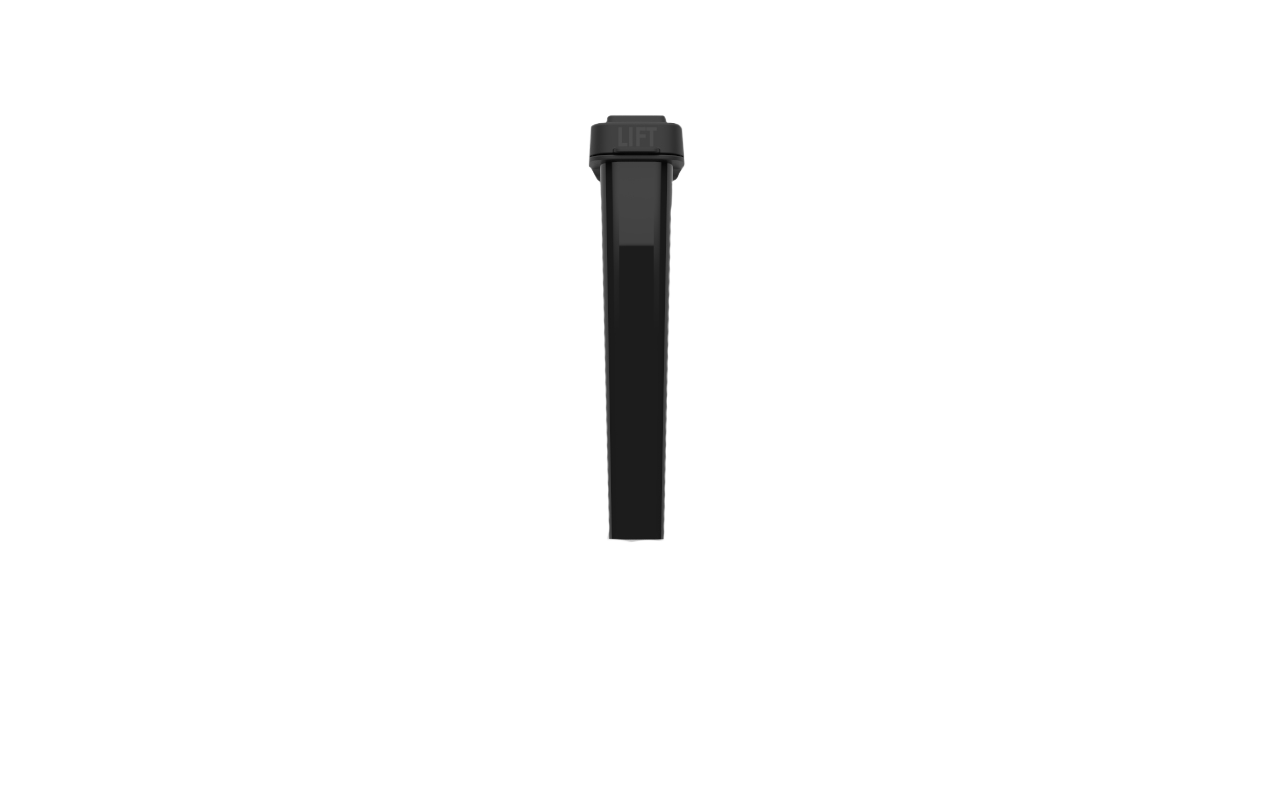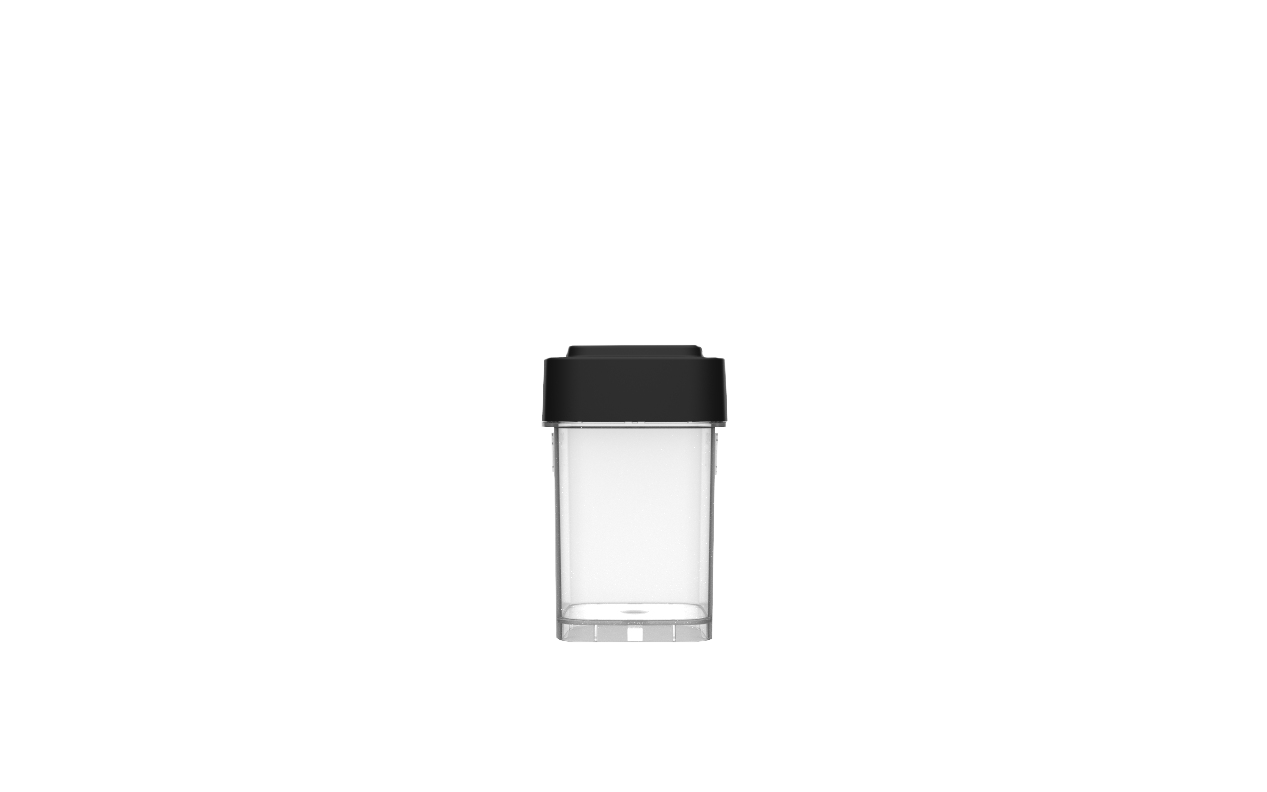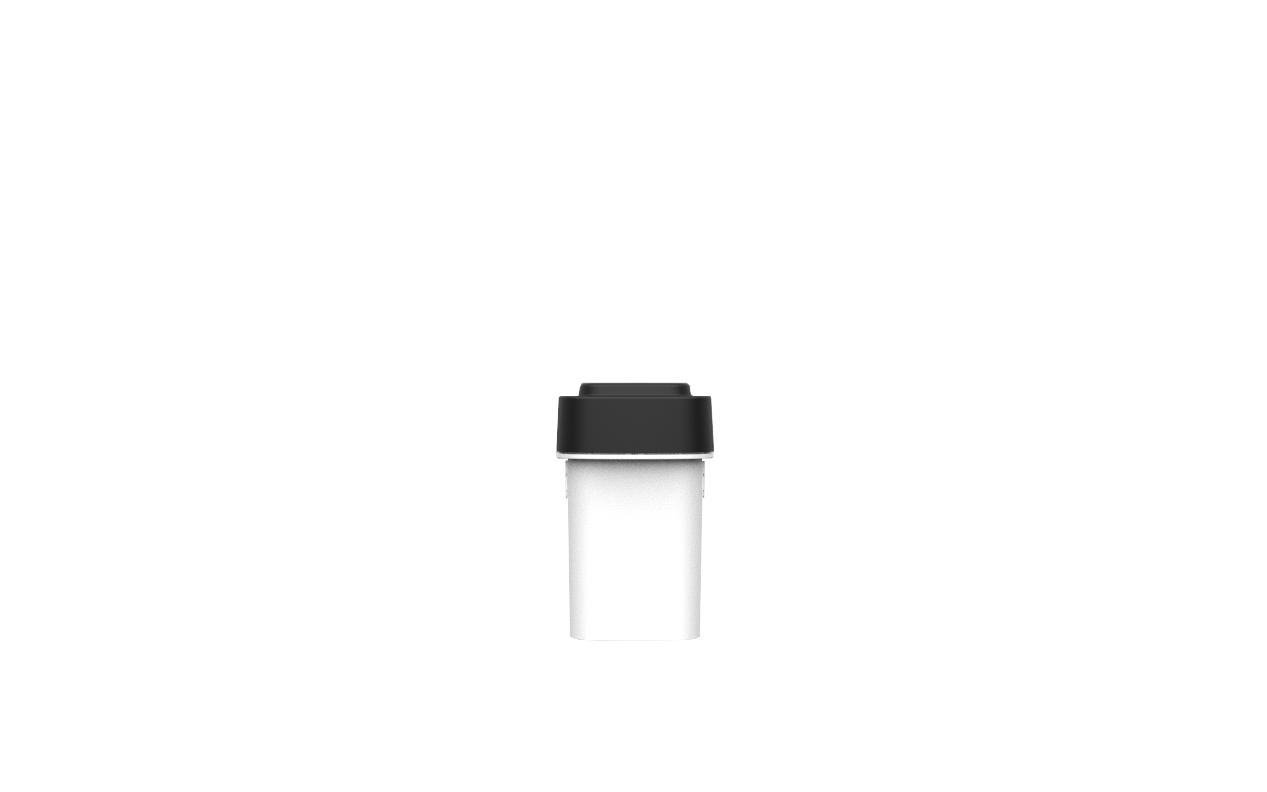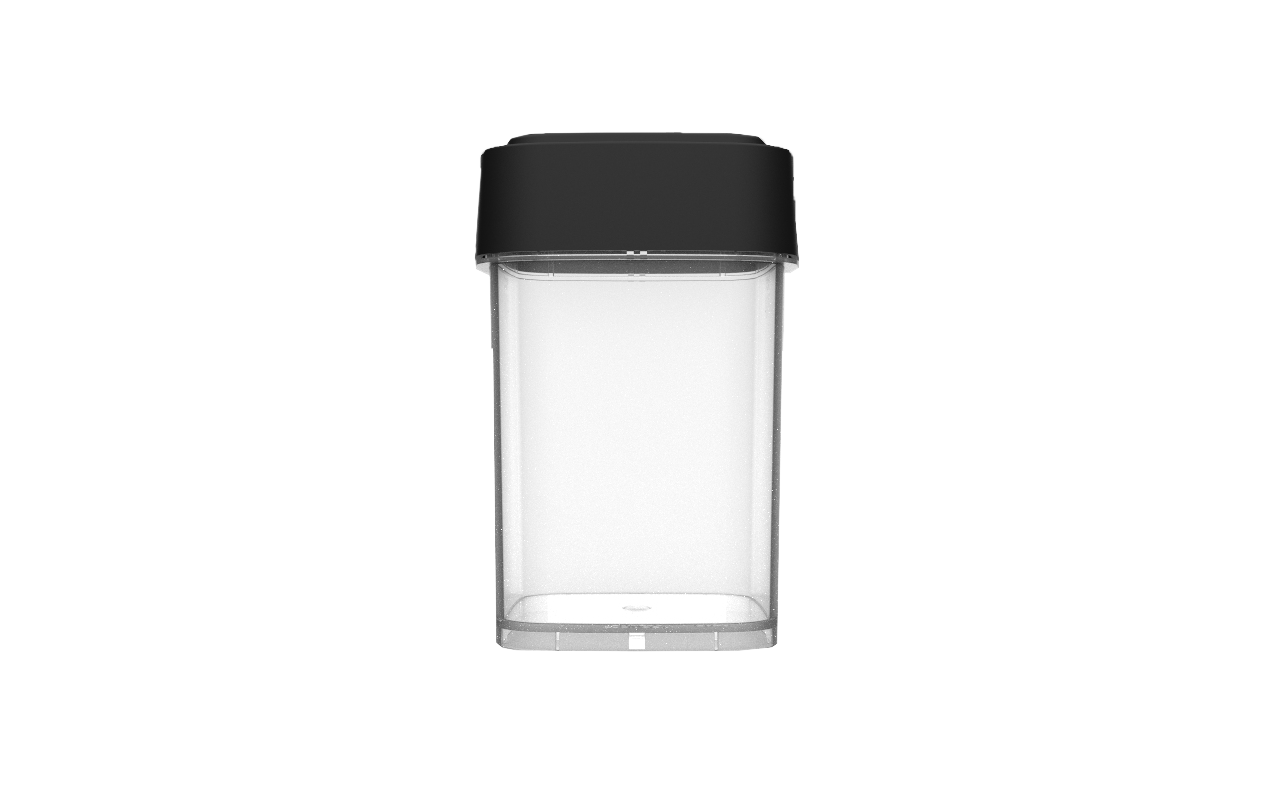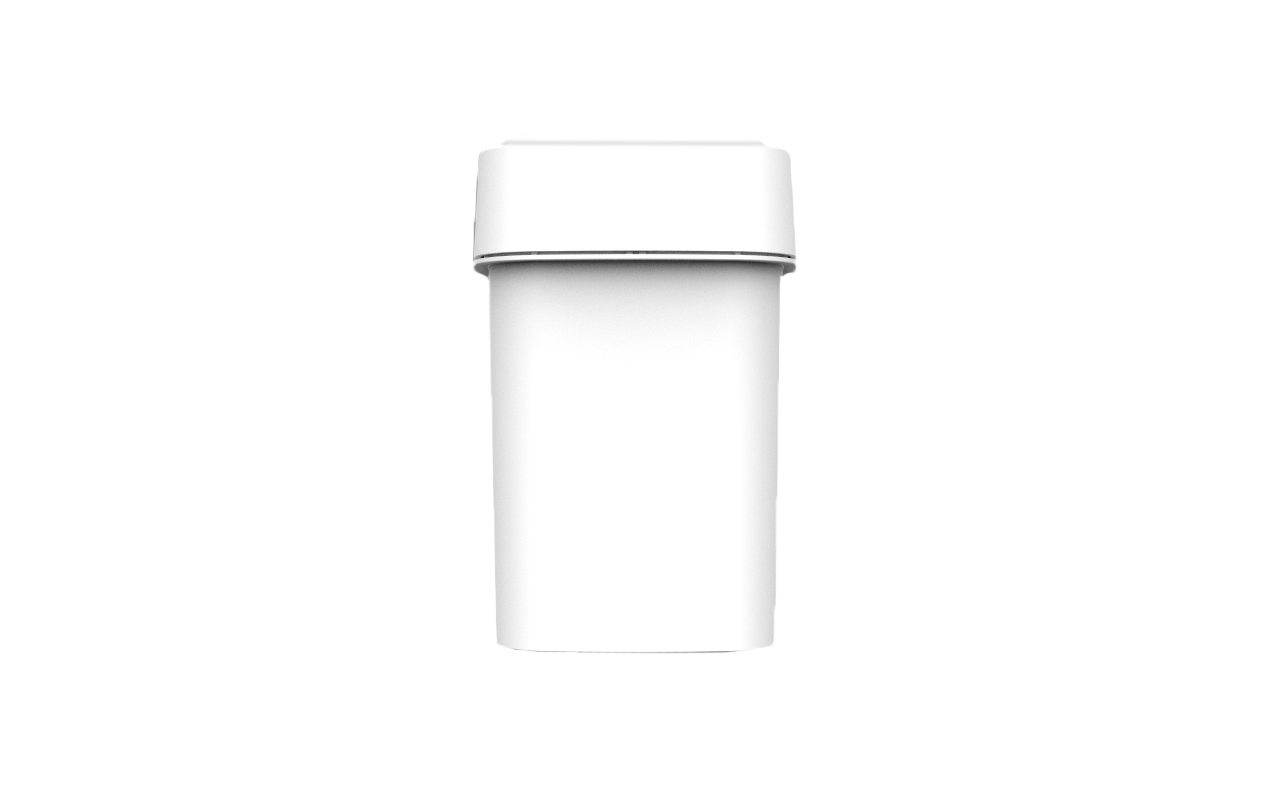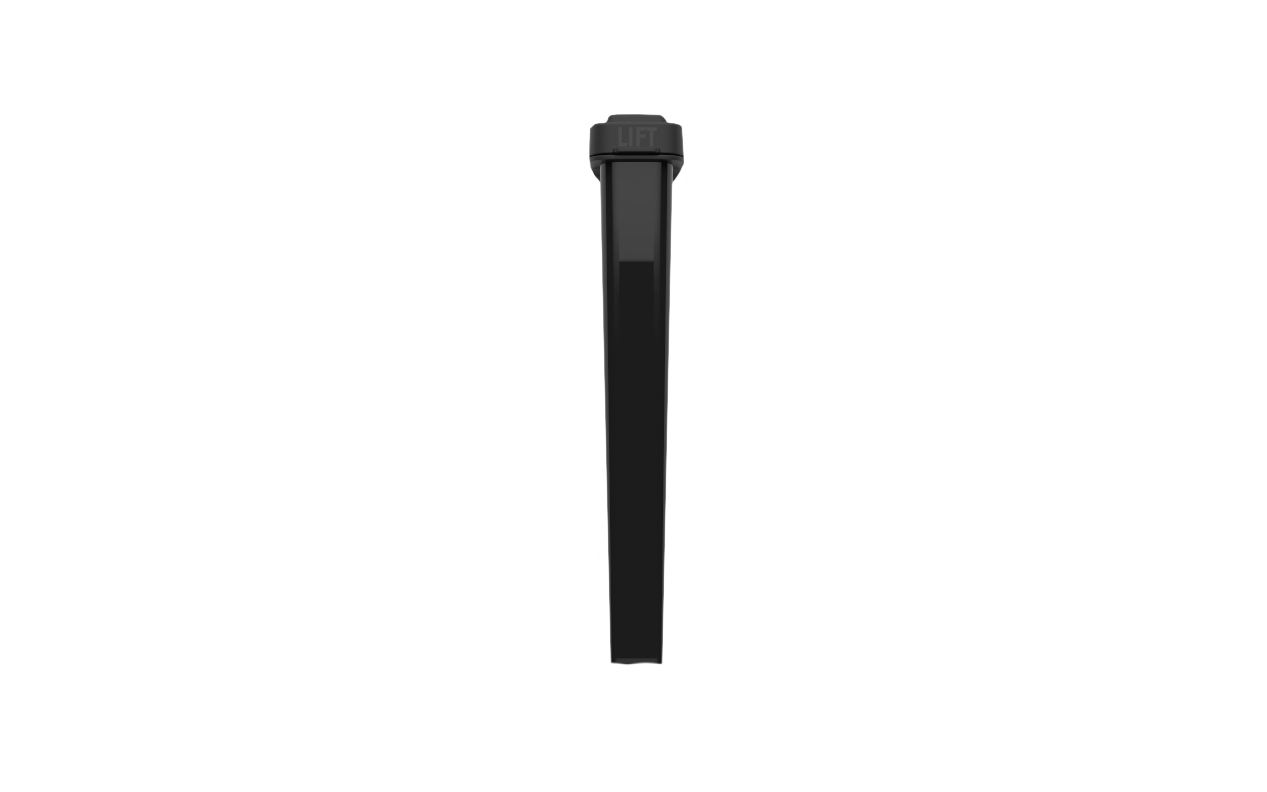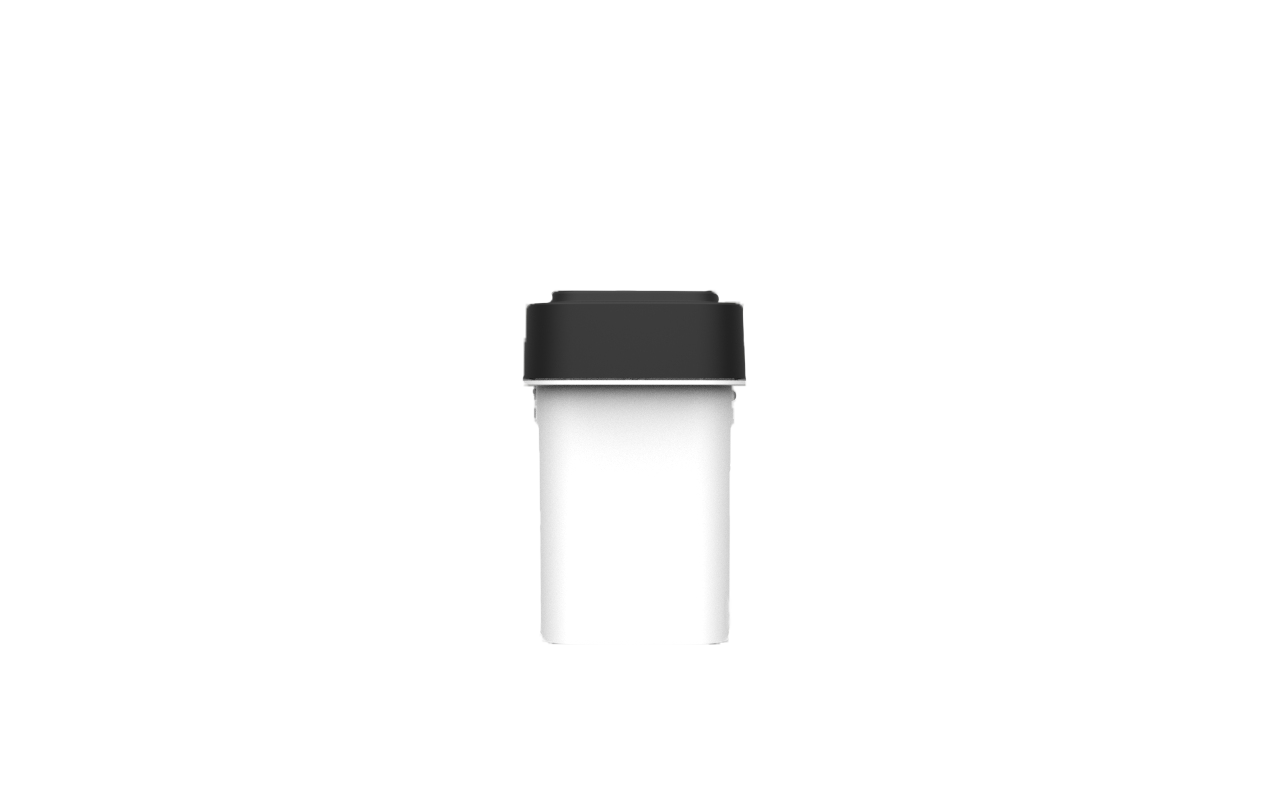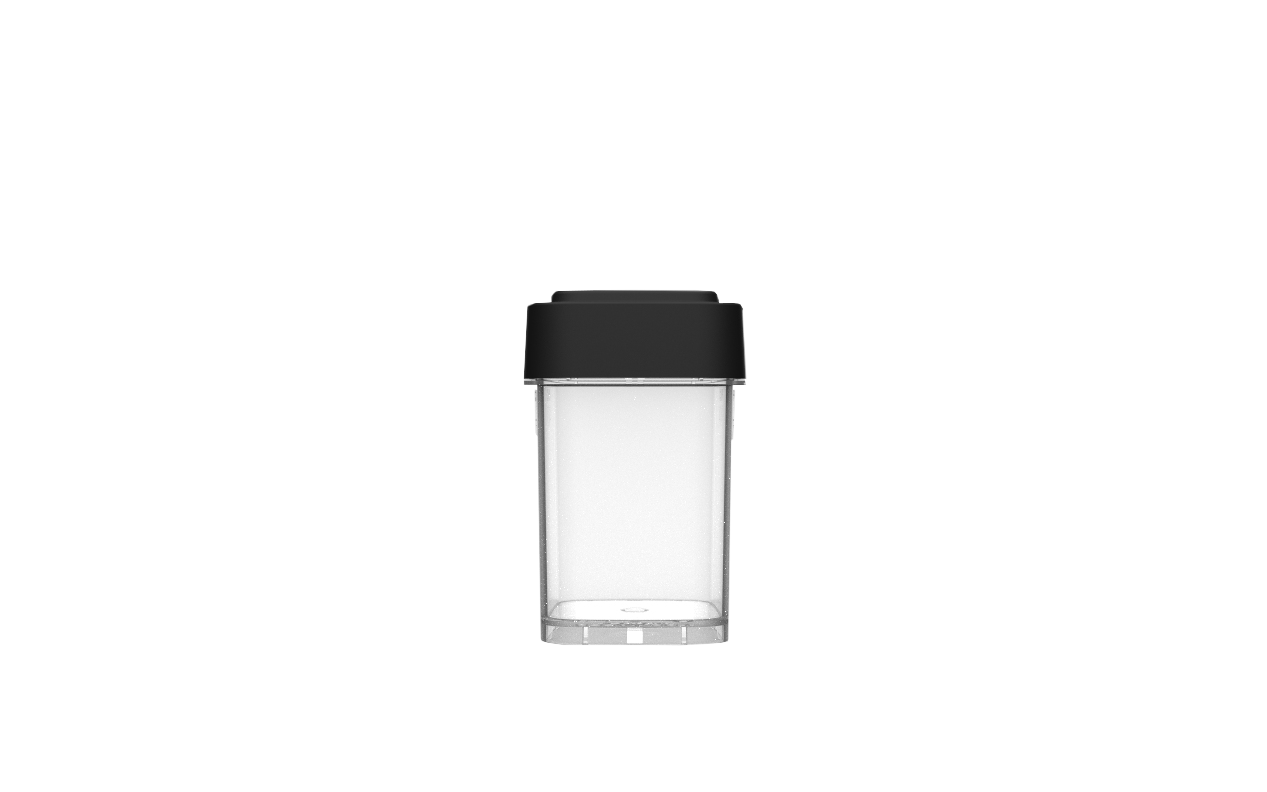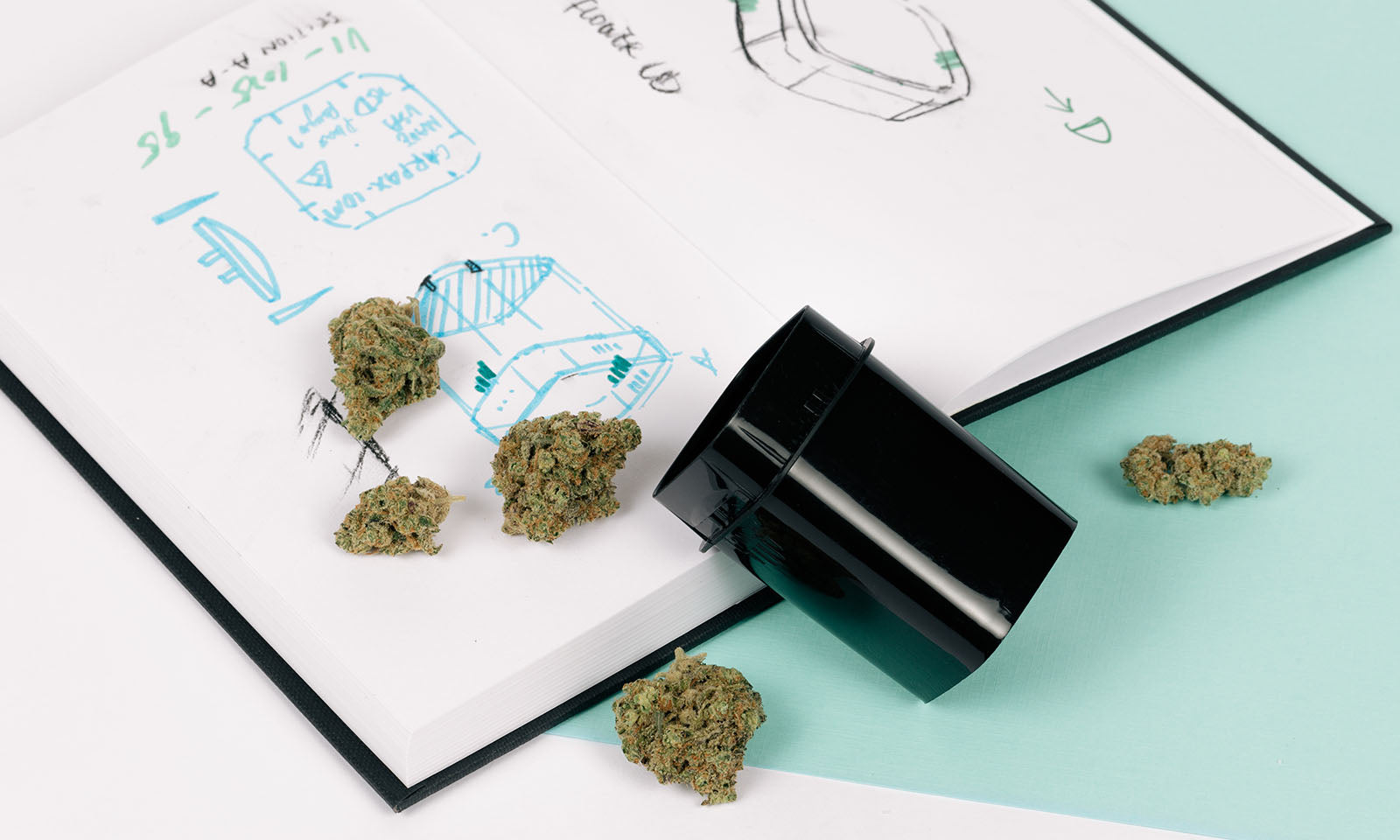The cannabis industry is booming. As legalization spreads, so does consumer demand for eco-friendly, sustainable packaging that reflects the values of today’s buyers. People don’t just care about what’s inside the container anymore—they care about how it’s made, how it impacts the environment, and whether it can be responsibly disposed of.
For cannabis brands, packaging choices now carry more weight than ever. Packaging must:
- Keep products fresh and safe.
- Comply with complex state regulations (child-resistance, labeling, tamper evidence).
- Align with growing consumer demand for recyclable packaging and low-waste options.
- Avoid unnecessary environmental impact, including the emissions tied to international shipping.
This blog explores why sustainability is becoming a must-have in cannabis packaging, how domestic packaging production helps reduce environmental impact, and which materials and strategies can help brands meet both consumer expectations and regulatory requirements—without sacrificing cost or performance.
Why Sustainability Is Driving Cannabis Packaging Decisions
Cannabis buyers are among the most sustainability-conscious consumers. Many come from communities that value natural and holistic lifestyles, and they expect brands to uphold those same principles. Surveys across the industry show:
- Over 70% of cannabis consumers prefer sustainable or recyclable packaging, even if it costs slightly more.
- Younger demographics, like Millennials and Gen Z, are more likely to choose brands based on their environmental practices.
- Some states, including California and Colorado, are already exploring or implementing rules requiring recyclable or reusable cannabis packaging.
Beyond customer preference, sustainability can actually save brands money by:
- Reducing waste in production and shipping, which cuts storage and freight costs.
- Aligning with future regulations early, avoiding expensive packaging overhauls later.
- Improving brand loyalty and retention, which can reduce overall marketing spend.
For cannabis operators, sustainable packaging isn’t just about “looking green”—it’s a strategic move that benefits the bottom line.
Why Domestic Packaging Lowers the Carbon Footprint
While sustainability often focuses on materials, where packaging is produced is equally important. Many cannabis brands source packaging overseas, which adds:
- Thousands of miles of freight emissions.
- Tariffs and fluctuating shipping costs.
- Long lead times that create waste through overproduction or inventory mismanagement.
- Quality risks, leading to rejected shipments or repackaging waste.
Producing cannabis packaging domestically—in the U.S.—can dramatically reduce these problems. Domestic packaging means:
- Lower transportation emissions thanks to shorter shipping distances.
- No tariffs or surprise costs from overseas trade changes.
- Faster turnaround times, reducing the need for excessive inventory (and storage emissions).
- Consistent quality control, which means less waste due to defective packaging.
For brands serious about sustainable practices, pairing domestic packaging production with eco-friendly materials is one of the most effective ways to reduce total environmental impact.
Materials That Make Cannabis Packaging More Sustainable
Choosing the right materials matters as much as where packaging is made. Sustainable cannabis packaging doesn’t just reduce waste; it must also preserve product integrity so flower, edibles, concentrates, and vapes stay fresh, potent, and compliant.
Some of the most widely adopted eco-friendly and recyclable packaging materials in cannabis include:
Recyclable Plastics (#5 Polypropylene and PE/PE Films)
- Found in many rigid containers and flexible bags.
- Widely recyclable through curbside or drop-off programs.
- Lightweight and durable, which reduces breakage and freight emissions.
Post-Consumer Resin (PCR) Materials
- Made from recycled plastics, reducing virgin plastic production.
- Can be used in rigid or flexible packaging formats.
- Appeals to eco-conscious buyers looking for packaging with a lower lifecycle impact.
Glass Containers
- Fully recyclable and reusable.
- Ideal for concentrates, tinctures, and premium flower packaging.
- Heavy to ship (which can offset some environmental benefits), so best paired with local or regional distribution.
Lightweight, Space-Efficient Designs
- Stackable or low-profile packaging reduces space during transport, lowering carbon emissions per unit shipped.
- Also cuts storage costs for operators.
Using these materials helps brands meet consumer expectations for sustainable, recyclable packaging while maintaining the freshness, safety, and compliance cannabis products require.
How Consumer Trends Are Shaping Sustainable Cannabis Packaging
Today’s cannabis buyers want packaging that reflects their values. For many, that means:
- Recyclability or Reusability: Packaging they can recycle easily or repurpose at home.
- Minimal Waste: Avoiding excessive layers of plastic, cardboard, or wrappers.
- Transparency: Clear communication about how a brand’s packaging supports sustainability (e.g., “100% recyclable” or “made with PCR materials”).
Brands that fail to meet these expectations risk losing shelf appeal to competitors who do. Those that succeed can use sustainable packaging as a key part of their story—on their website, social channels, and right on the product itself.
Practical Steps for Brands to Go Green
For cannabis brands looking to make their packaging more sustainable, here’s a practical roadmap:
- Audit Your Current Packaging: Identify where waste or inefficiency exists (non-recyclable layers, oversized containers, etc.).
- Switch to Recyclable or PCR Materials: Start with your most-used formats, like flower containers or pouches.
- Work With Domestic Suppliers: Reduce your carbon footprint, cut shipping times, and avoid tariff-related costs.
- Simplify Packaging Layers: Avoid unnecessary boxes or inserts unless required by regulations.
- Communicate With Consumers: Use your packaging to highlight eco-friendly features—this builds trust and drives brand preference.
Why Combining Recyclable Packaging With Domestic Production Matters
Sustainable materials alone aren’t enough if your packaging travels halfway around the globe to reach your facility. Combining recyclable packaging formats with domestic packaging production is the most effective way to:
- Reduce total environmental impact.
- Lower costs tied to freight, tariffs, and delays.
- Deliver packaging faster and more predictably, avoiding waste caused by overproduction or missed launches.
For many cannabis brands, this dual approach is becoming a competitive necessity—not just a marketing bonus.
Final Thoughts
The future of cannabis packaging is sustainable, recyclable, and locally produced. As consumer expectations rise and states move toward stricter environmental rules, brands that adopt eco-friendly, U.S.-made packaging now will be better positioned to win market share and avoid costly changes later.
If your brand wants to reduce waste, cut emissions, and build stronger connections with eco-conscious consumers, sustainable cannabis packaging is no longer optional—it’s essential.
Looking for examples of recyclable, compliant, and domestically produced cannabis packaging? Contact us to see how eco-conscious materials and local production come together in practice.
